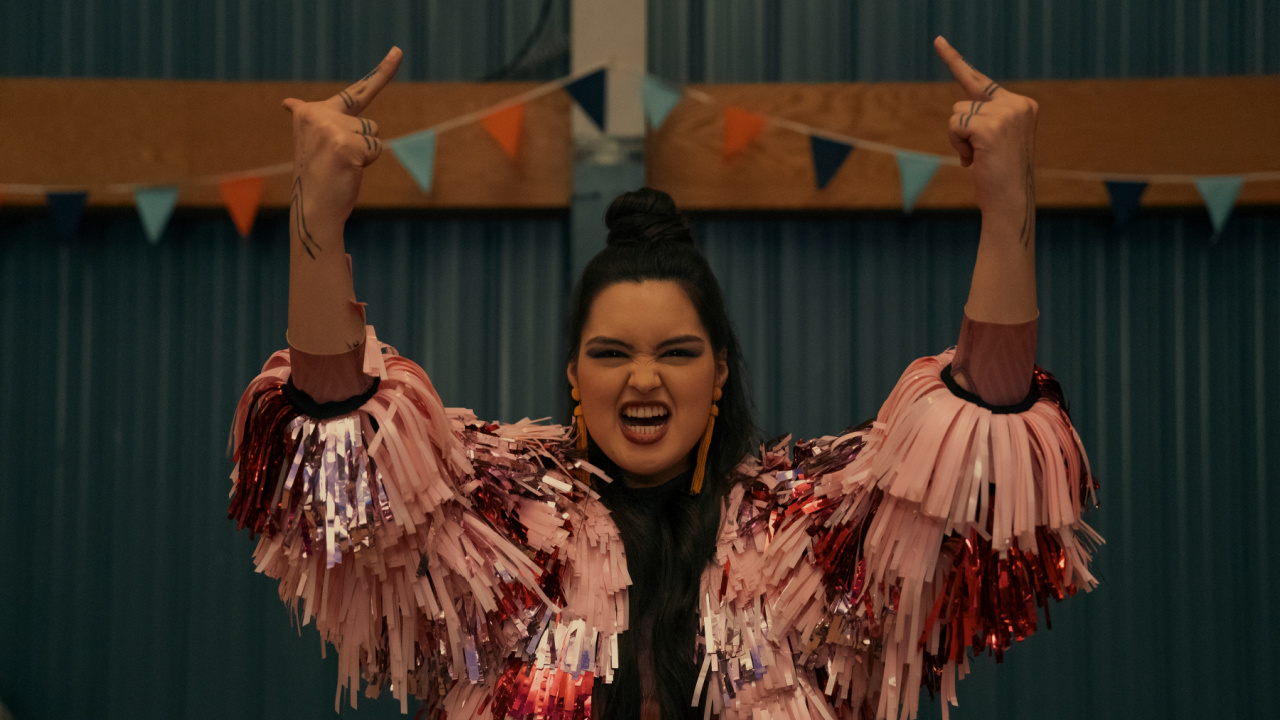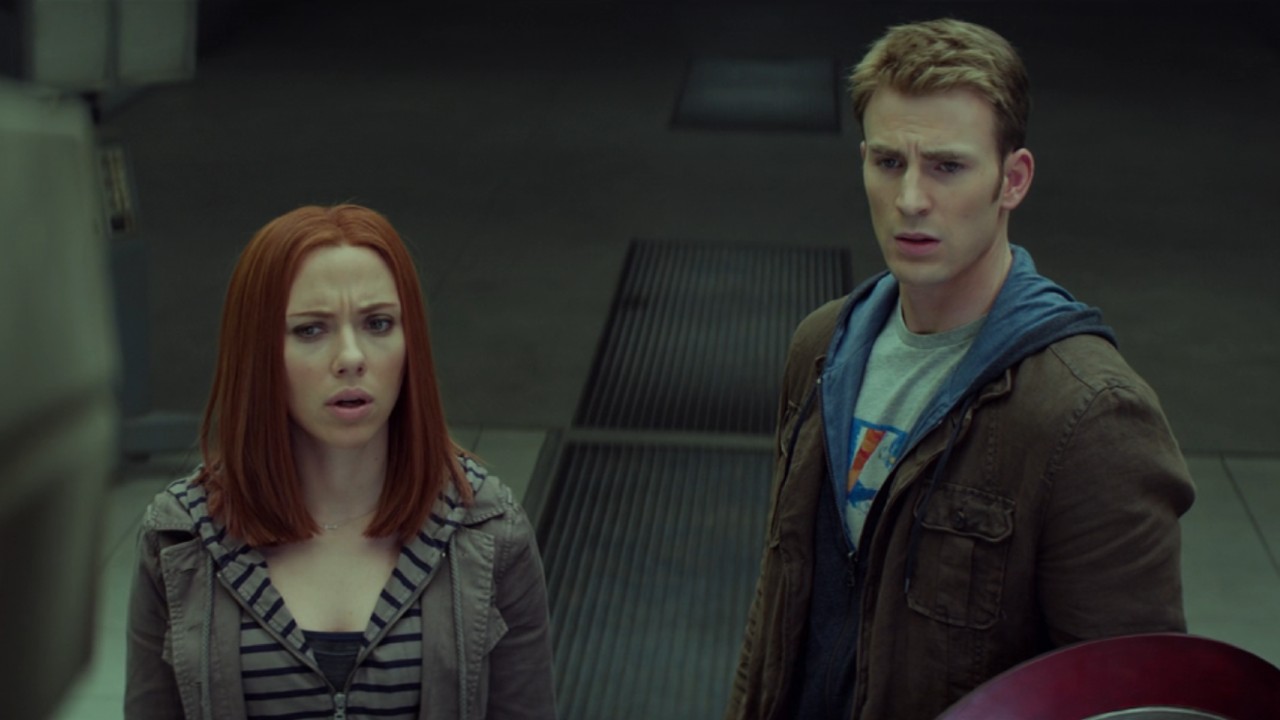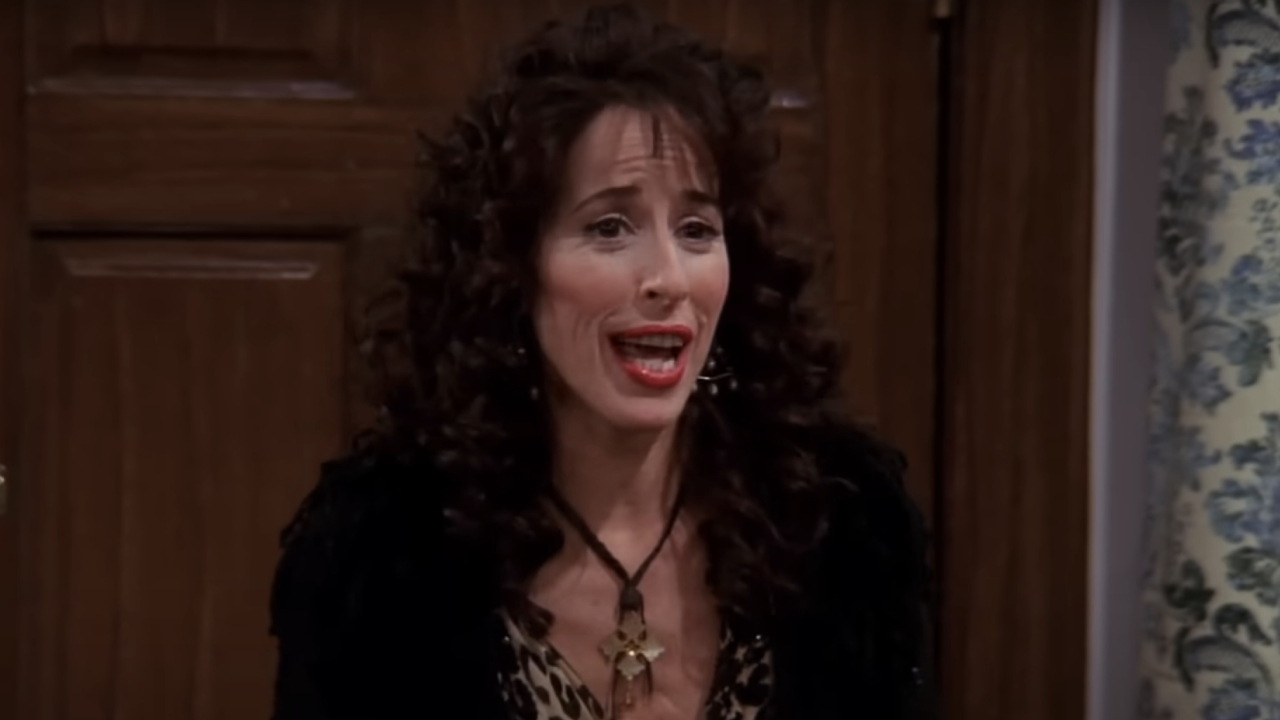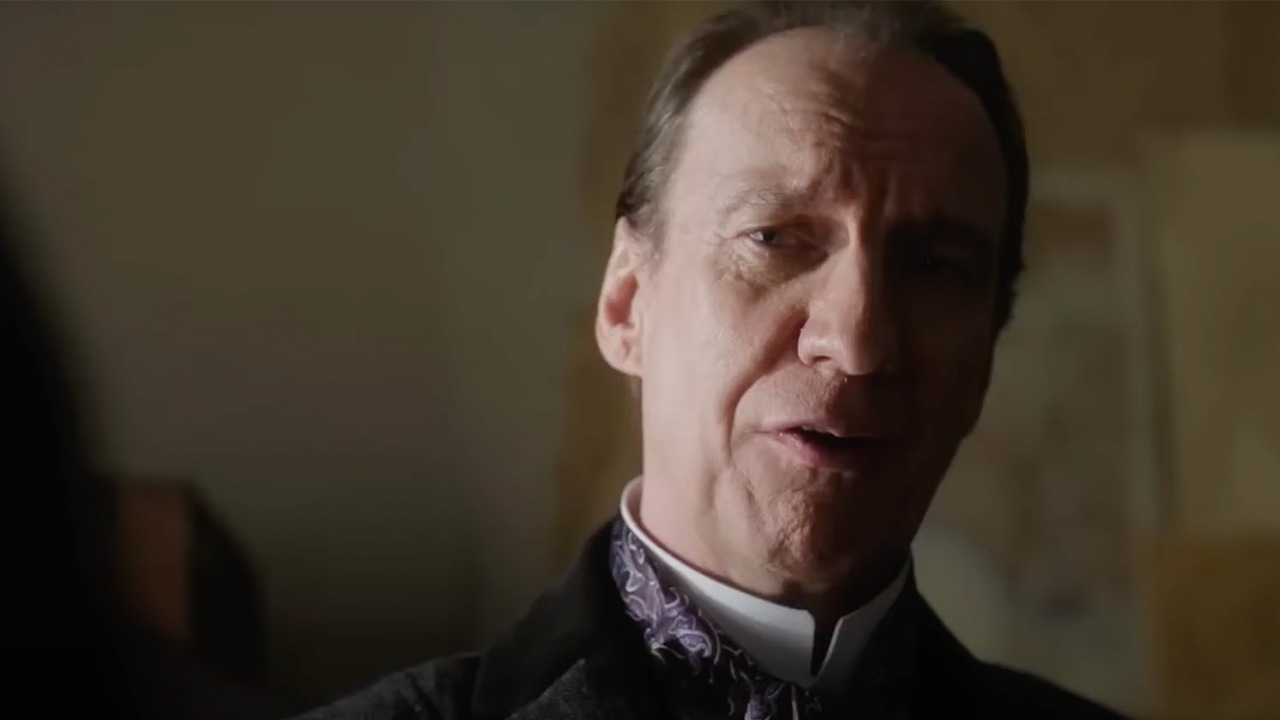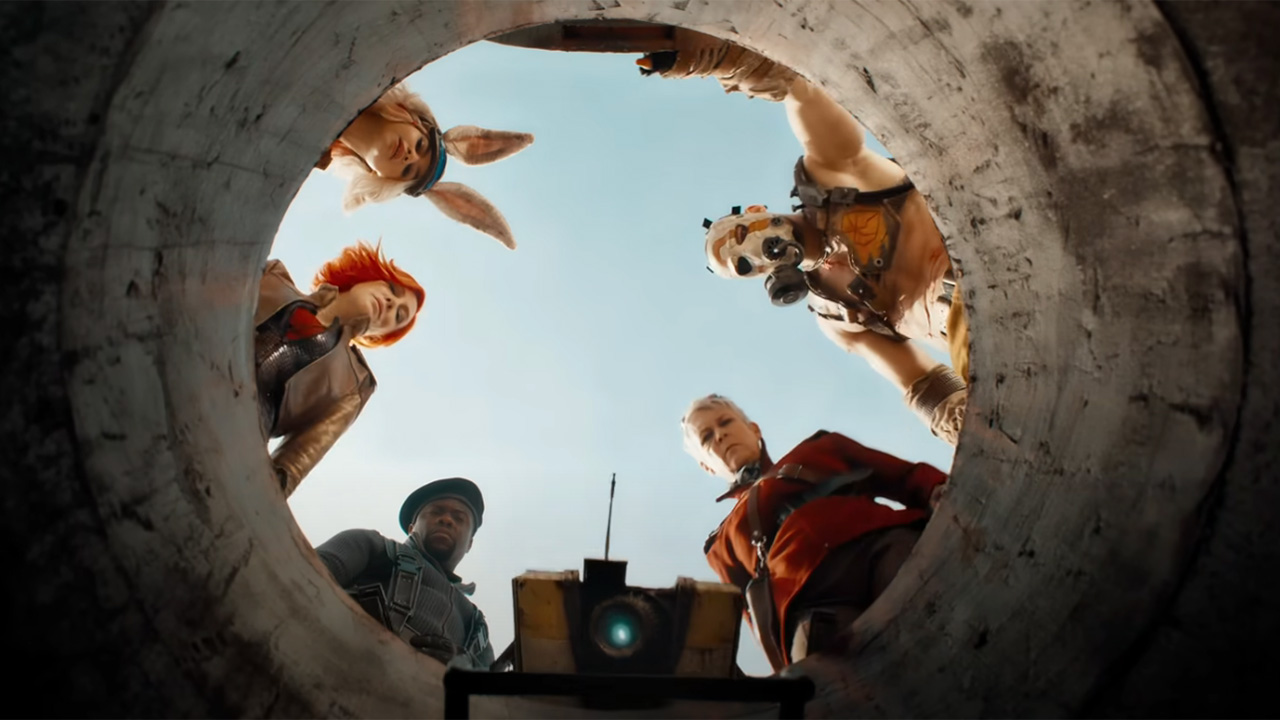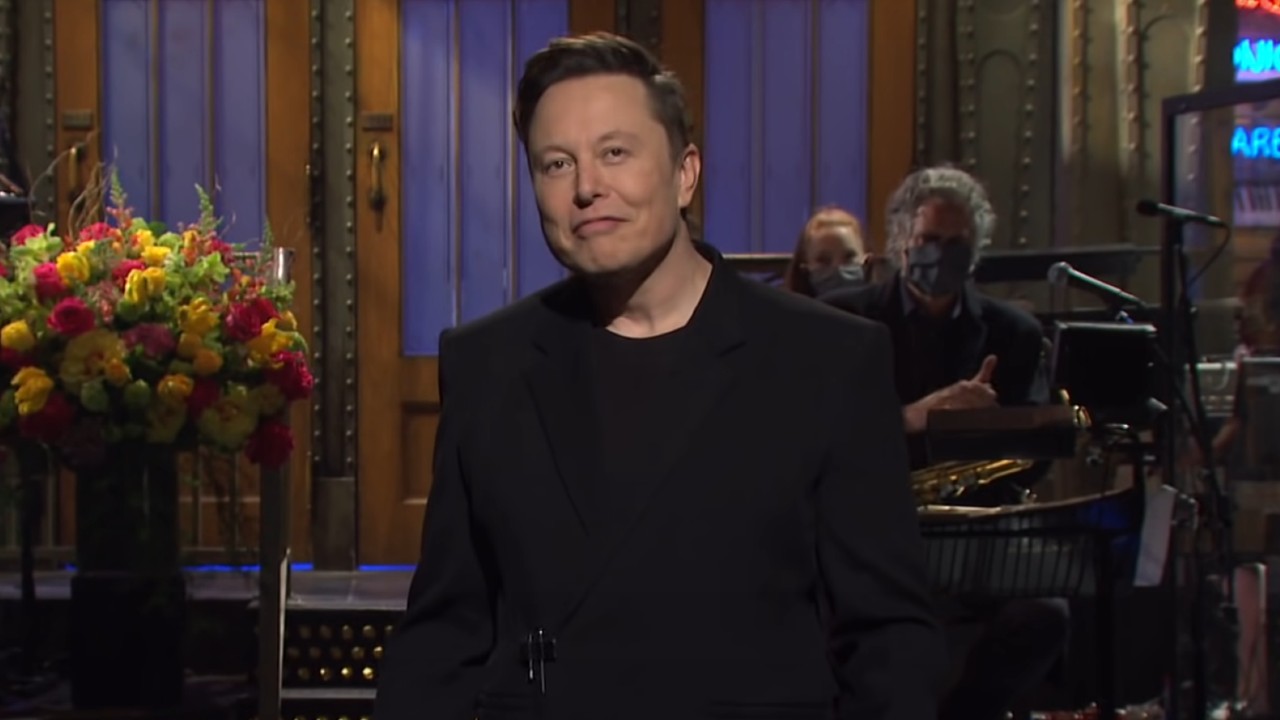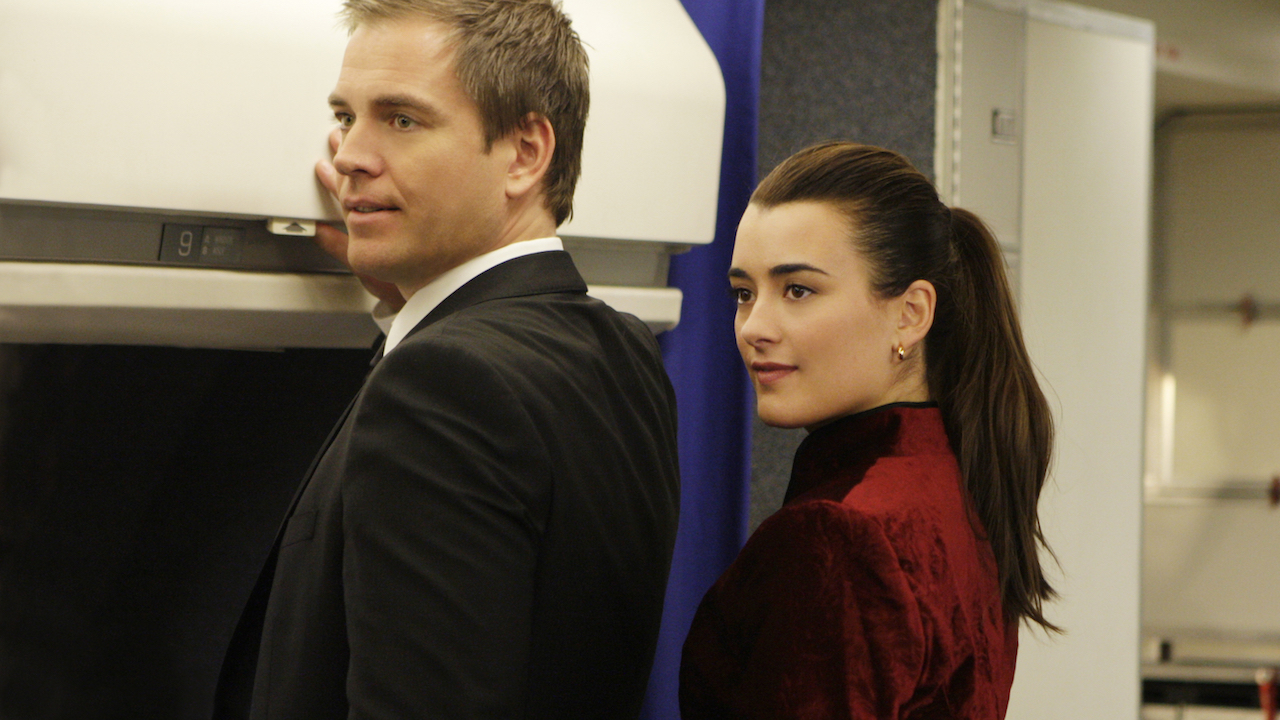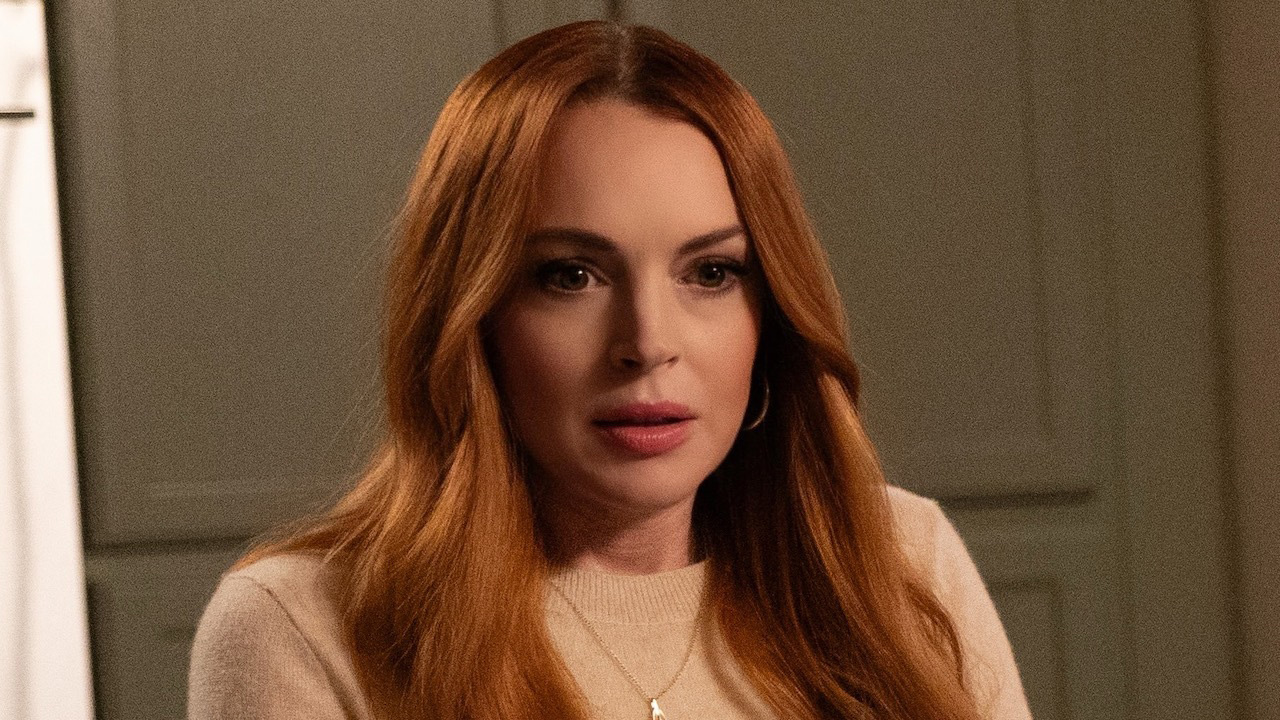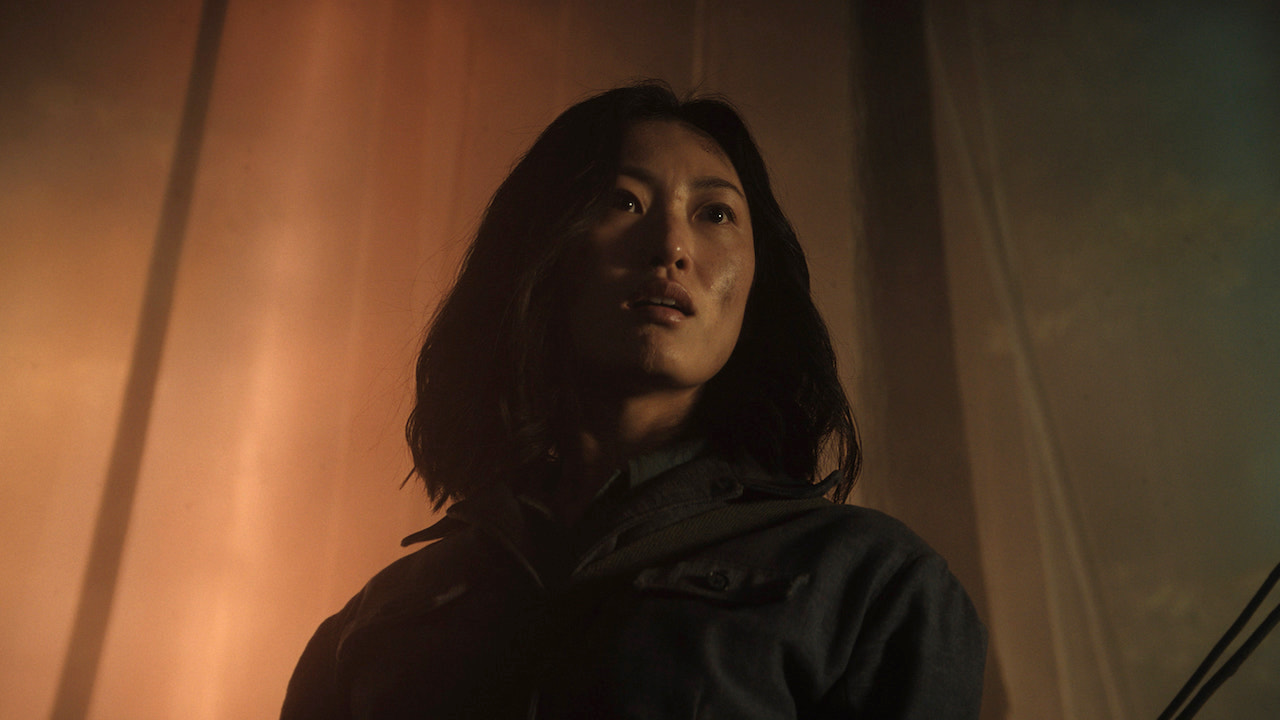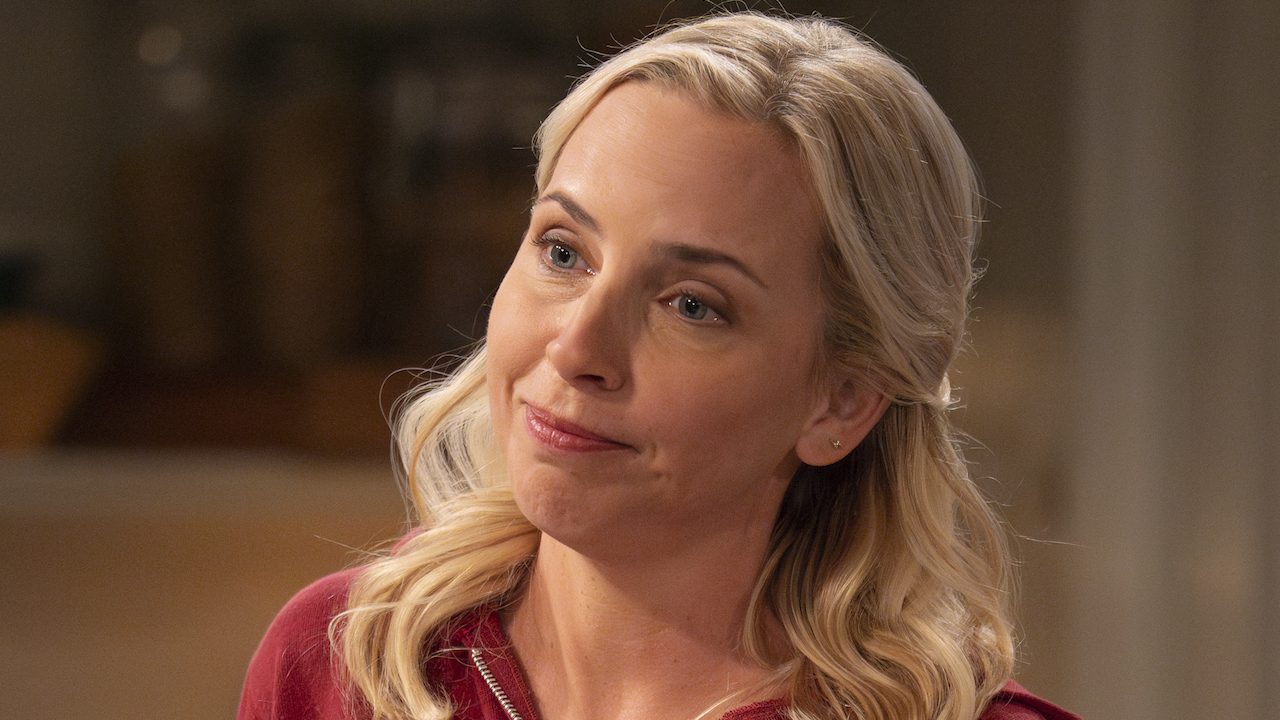Greta Gerwig Shot Barbie Digitally, And Her Reasons Make A Lot Of Sense
This is opposed to shooting on film.
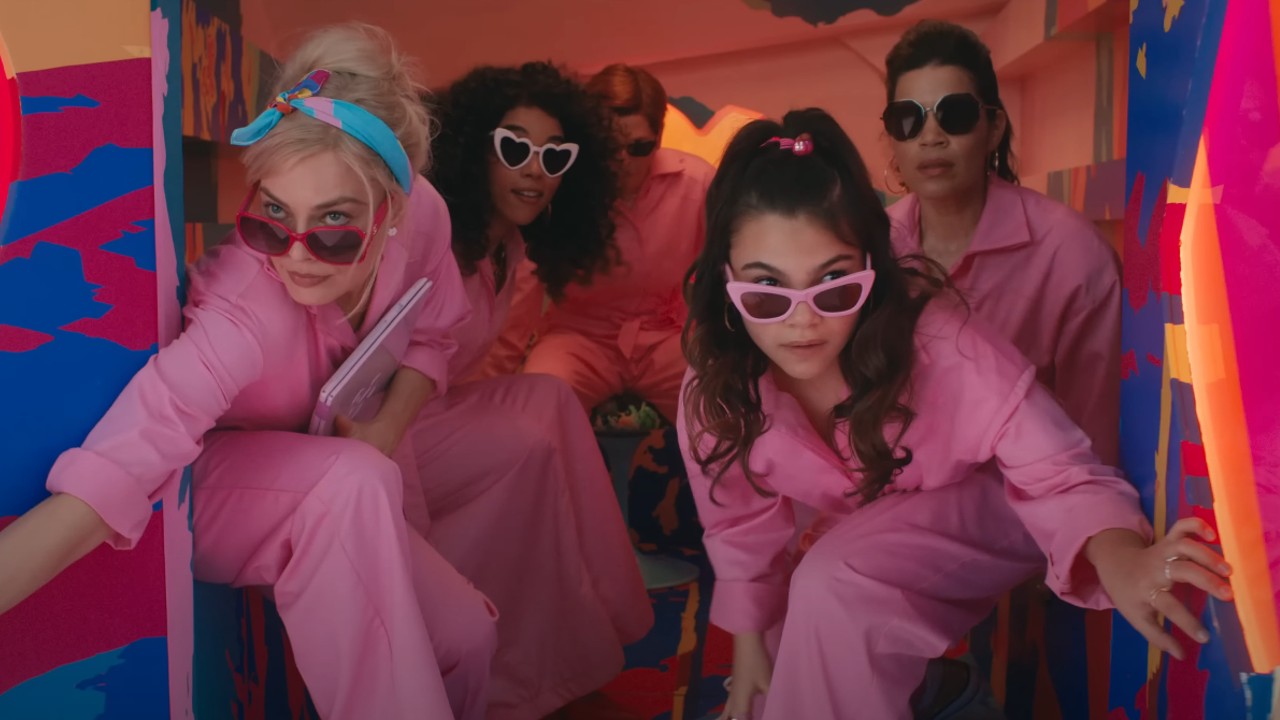
Greta Gerwig’s Barbie is one of the most talked about films of the year. With great messages and excellent reviews for the Mattel project, the movie has become a sensation. Much of the hype is around Gerwig, and her decision to direct the blockbuster, despite her background being mostly in low-mid budget filmmaking. The size of the project and number of moving parts is certainly a change for the director, and affected her approach to the project. Now, the filmmaker is opening up about her decision to shoot Barbie on digital rather than film, and her reasonings are sound.
In a recent interview with our very own ReelBlend, CinemaBlend’s official podcast, the Little Women director talked about her filmmaking decisions when approaching Barbie, as it involved many big set pieces and an enormous cast of Barbies and Kens. The film is very different from the movies she’s helmed in the past, and her decisions had to adjust to the material, and the look of Barbie Land. This included deciding to shoot Barbie on digital rather than film. She explained:
Director Greta Gerwig on shooting DIGITAL vs FILM for #BarbieMovie: pic.twitter.com/G4dAxnIud6July 21, 2023
For context, Gerwig shot Little Women on 35mm film which is standard for a movie shot on film. It gives a grittier, old-school quality to a movie, and as Gerwig explained, it made a lot of sense within the context of the project. The 70mm film she is referencing is a higher format film, which is the highest quality film you can get for a movie. This gives a similar effect as a digital camera, but has a more authentic, real-life quality. Using 70mm for Barbie may have had a similar look, but without the glossiness of digital. Film is the preference of many filmmakers, like Christopher Nolan, however, for Barbie Gerwig desired glossiness, as it gave Barbie Land that plastic fantasy quality she was trying to achieve.
This is the opposite approach Gerwig took for Lady Bird. This movie was shot digitally, like Barbie, with a similar camera. However, Lady Bird is given a grainy quality over the glossy digital using effects. It takes place in 2002, so using digital reflects the time period in which it takes place, and the graininess gives it more of a home movie quality, the director explained to IndieWire. Being able to master the aesthetics of both film and digital not only visually, but also thematically, shows Gerwig’s strong prowess and knowledge as a director.
The digital glossy and plastic qualities in Barbie perfectly reflect the messages that Gerwig sets out to show. It fits with the synthetic plastic look of BarbieLand, and the saturation captures the bright painted pinks of the world. While the prospect of shooting on film may have been attractive, as it would be for any filmmaker, she stuck to her vision and the suitable look for the film, which gives Barbie its own sense of authenticity in a manufactured space.
You can see Greta Gerwig’s fantastically plastic world in Barbie, which is in theaters nationwide. Fans of the actor/director should also check out our feature on where to watch other great movies from Gerwig. For more information on other summer movies hitting cinemas, make sure to consult our 2023 movie release schedule.
CINEMABLEND NEWSLETTER
Your Daily Blend of Entertainment News

Writer, podcaster, CinemaBlend contributor, film and television nerd, enthusiastic person. Hoping to bring undying passion for storytelling to CinemaBlend.
